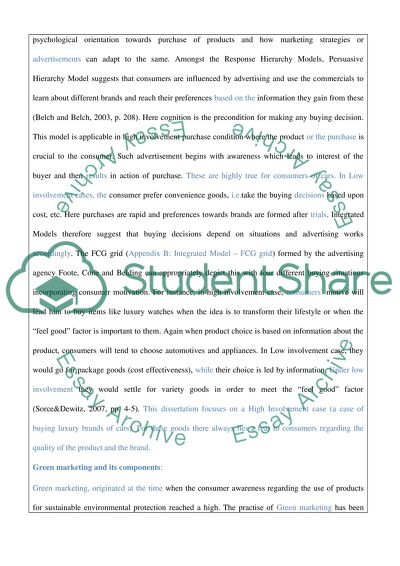Cite this document
(“How Greenwash commercials influence buying behaviour in luxury car Dissertation”, n.d.)
Retrieved de https://studentshare.org/marketing/1392857-how-greenwash-commercials-influence-buying-behaviour-in-luxury-car-market
Retrieved de https://studentshare.org/marketing/1392857-how-greenwash-commercials-influence-buying-behaviour-in-luxury-car-market
(How Greenwash Commercials Influence Buying Behaviour in Luxury Car Dissertation)
https://studentshare.org/marketing/1392857-how-greenwash-commercials-influence-buying-behaviour-in-luxury-car-market.
https://studentshare.org/marketing/1392857-how-greenwash-commercials-influence-buying-behaviour-in-luxury-car-market.
“How Greenwash Commercials Influence Buying Behaviour in Luxury Car Dissertation”, n.d. https://studentshare.org/marketing/1392857-how-greenwash-commercials-influence-buying-behaviour-in-luxury-car-market.


